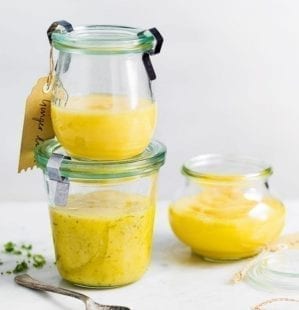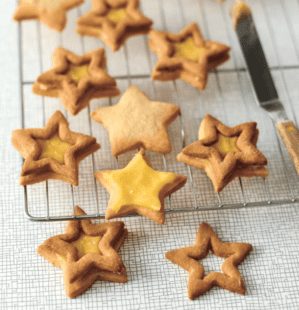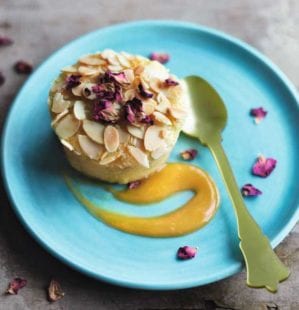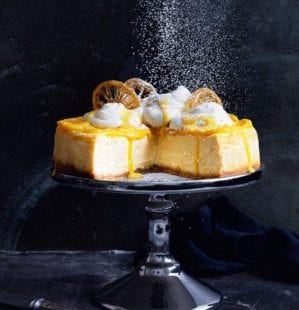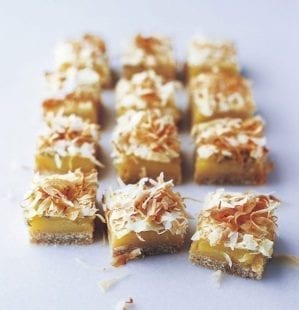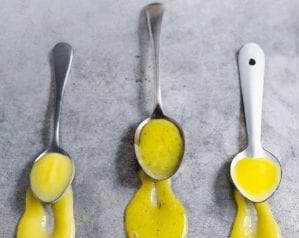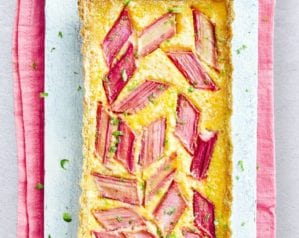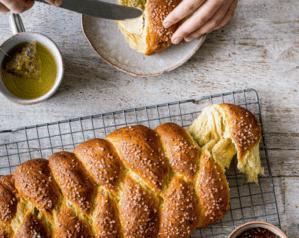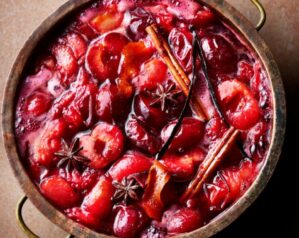
Rhubarb, orange and rosemary curd
- Published: 30 Apr 14
- Updated: 18 Mar 24
Use this rhubarb and orange curd as a sponge cake filling, serve with scones and clotted cream or simply swirl through softened ice cream.
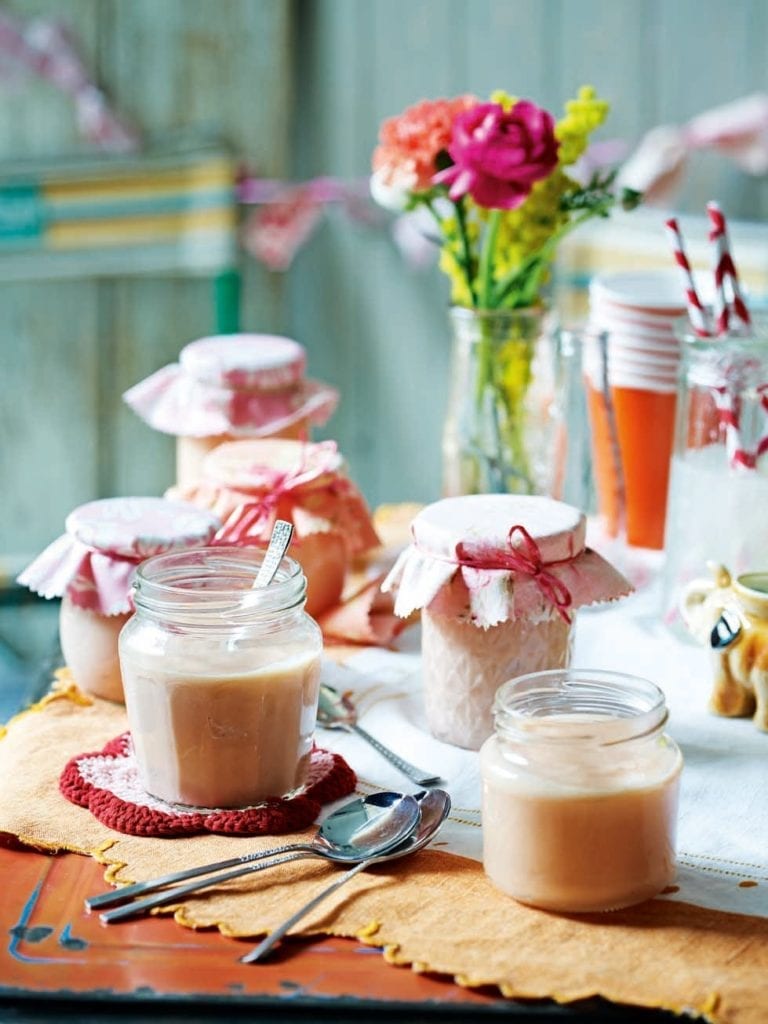
-
Serves 8
-
Hands-on time 45 min
Ingredients
- 500g rhubarb, chopped (see tips)
- Zest and juice 1 large orange
- Juice 1/2 lemon
- 4 large free-range eggs
- 200g cold unsalted butter, cut into cubes
- 2 fresh rosemary sprigs
- 4 tsp cornflour
- 150g caster sugar
- Good splash grenadine (see tip)
Method
- Put the rhubarb in a medium pan with the orange zest and juice. Cook over a low heat for 15 minutes, stirring occasionally, or until soft. Tip into a sieve set over a medium bowl and press with a wooden spoon to squeeze out all the juice – you should have about 250ml (discard the pulp). Add the lemon juice, then set aside to cool.
- Put the eggs, butter, rosemary, cornflour and sugar in a large pan. Add the cooled juice mixture, then mix with a balloon whisk over a low heat until the butter melts. Increase the heat a little and cook, whisking constantly, until you have a glossy, very thick curd.
- Strain into a clean mixing bowl (discard the rosemary), then add a good splash of grenadine for colour. Carefully pour into sterilised jars, then seal (see tips).
- Recipe from May 2014 Issue
Nutrition
- Calories
- 22kcals
- Fat
- 1.6 (1g saturated)
- Protein
- 0.3g
- Carbohydrates
- 1.6g (1.4g sugars)
- Fibre
- 0.1g
- Salt
- trace
delicious. tips
In the spring and early summer, field-grown rhubarb is at its most flavourful, but it no longer has the vibrant pink colour of the forced winter variety. Buy the pinkest stems you can find, then add a good splash of grenadine to boost the colour to a soft peachy-pink.
The curd will keep in the fridge in sealed sterilised jars for up to 3 weeks. Once opened, consume within 3 days.
When making curd cook until it’s thick and starting to resist the whisk (there should be a visible trail when the whisk is lifted). A good indication that you’re getting to the right point is when the curd gives off a lot of steam. It will thicken further as it cools and the butter solidifies. Don’t be tempted to speed up the process by increasing the heat – if it’s too high the curd will split. If you think it’s getting too hot, take the curd off the heat and whisk like mad to cool it a little, then return to the hob.
To sterilise jars, wash them in soapy water, then rinse well. Heat the oven to 120°C/fan100°C/gas 1/2. Put the jars upside-down on a clean baking tray, then put in the oven for 10 min to dry out.
Buy ingredients online
Rate & review
Rate
Reviews
Subscribe to our magazine
Food stories, skills and tested recipes, straight to your door... Enjoy 5 issues for just £5 with our special introductory offer.
Subscribe
Unleash your inner chef
Looking for inspiration? Receive the latest recipes with our newsletter


